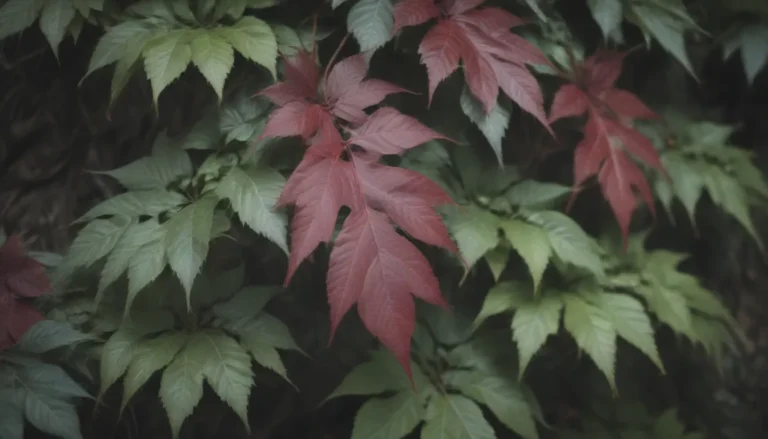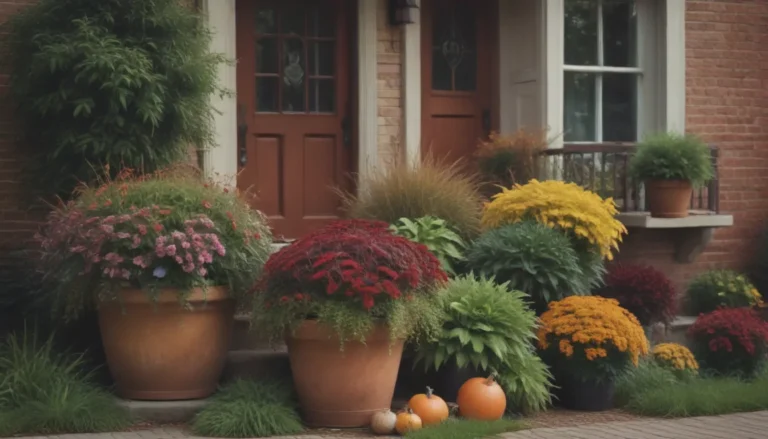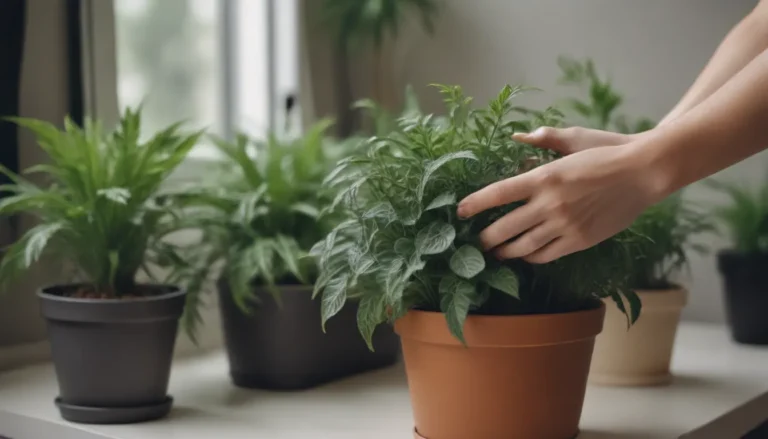A Comprehensive Guide to Growing and Caring for California Poppies

California poppies are not just the state flower of California; they are also a vibrant and beautiful addition to any garden. These golden beauties can be found in shades of red, pink, and white, adding a splash of color to the landscape. Whether you are a seasoned gardener or a beginner looking to add some flair to your outdoor space, California poppies are a great choice.
Why California Poppies Are Special
California poppies are known for their resilience and ability to thrive in various conditions. Here are some key points to know about these beautiful flowers:
- Native to California, they grow vigorously in zones 6 through 10.
- Flowering in the summer, they return annually, brightening up your garden each year.
- California poppies prefer full sun and well-drained, sandy soil.
- They are drought-tolerant and do not require fertilizer.
Indigenous tribes historically used this plant for food, oil, and medicinal purposes, making it an important part of California’s natural landscape.
California Poppy Care 101
Taking care of California poppies is relatively easy, as they are adaptable to different environments. Here are some essential care requirements to keep in mind:
Light
California poppies thrive in full sun, needing at least six hours of direct sunlight daily. The more sunlight they receive, the better they will grow and bloom.
Soil
Unlike many other flowers, California poppies do not need rich, loamy soil. They can thrive in poor soils, such as sandy or rocky conditions. However, they require sharp soil drainage, so avoid heavy clay soil.
Water
These plants require very little water and are excellent candidates for drought-tolerant gardens. Spring rainfall is usually sufficient to hydrate the plants, especially in hot summer regions where they may go dormant.
Temperature and Humidity
California poppies germinate in the spring when the soil warms up, and moisture is present. They prefer mild temperatures between 50 and 75 degrees Fahrenheit. High humidity levels can be challenging for these plants, so ensure good soil drainage and airflow.
Fertilizer
No fertilizers are needed to grow California poppies successfully. Using chemical fertilizers can lead to excess foliage growth at the expense of blooms.
Types of California Poppies
When it comes to California poppies, there are several varieties to choose from. Each type offers a unique color and aesthetic to your garden:
- ‘California Golden’
- ‘Mission Bells’
- ‘Golden West’
Propagating and Growing California Poppies
Propagating California poppies is best done by sowing seeds in the spring. These flowers do not like to have their roots disturbed, so it is essential to handle them with care. Here are some tips for growing California poppies successfully:
From Seed
California poppies are fast-growing plants, maturing in about 55 to 90 days. Germination can take anywhere from 10 to 30 days, depending on the conditions.
Potting and Repotting
These flowers do not transplant well, so if you are growing them in a container, choose one with ample drainage holes. Water more frequently in containers compared to in-ground plants.
Overwintering
California poppies can withstand temperatures down to 20 F. In cooler zones, they will enter dormancy in the winter. Consider mulching the ground for extra protection during the colder months.
Common Plant Diseases and How to Combat Them
While California poppies are generally healthy plants, they can be susceptible to diseases under certain conditions. Here are some common issues to watch out for:
- Mold, mildew, and stem rot can occur in wet environments.
- Ensure good drainage and airflow to prevent waterlogging and disease.
Healthy plants start with a healthy environment, so it is crucial to provide optimal growing conditions for your California poppies.
Encouraging Blooms and Maintenance Tips
California poppies are prolific bloomers, adding a burst of color to your garden. Here are some tips to encourage blooms and keep your plants looking their best:
Deadheading Flowers
Remove spent blooms to promote additional flowering and prevent self-seeding. Deadheading can help maintain a tidy appearance in your garden.
Common Problems and Solutions
Like any plant, California poppies can experience issues such as floppy stems and wilting. Providing adequate sunlight and well-draining soil can help prevent these problems.
By addressing common issues promptly and providing proper care, you can ensure that your California poppies thrive throughout the growing season.
Fun Facts About California Poppies
- California poppies bloom from mid-March to early May, depending on the climate.
- The cheerful flowers do not have a strong fragrance but are known for their vibrant colors.
- These flowers were historically used by California Indians for various purposes, adding cultural significance to their presence in the region.
Remember, California law prohibits picking any flower in state parks or national parks. While there are no laws protecting California poppies specifically, it is essential to respect their natural habitat and conservation efforts.
In conclusion, growing and caring for California poppies can be a rewarding experience for any gardener. With their vibrant colors, resilience, and ease of maintenance, these flowers are a beautiful addition to any outdoor space. By following the tips and guidelines provided in this article, you can ensure that your California poppies thrive and flourish year after year. Happy gardening!





